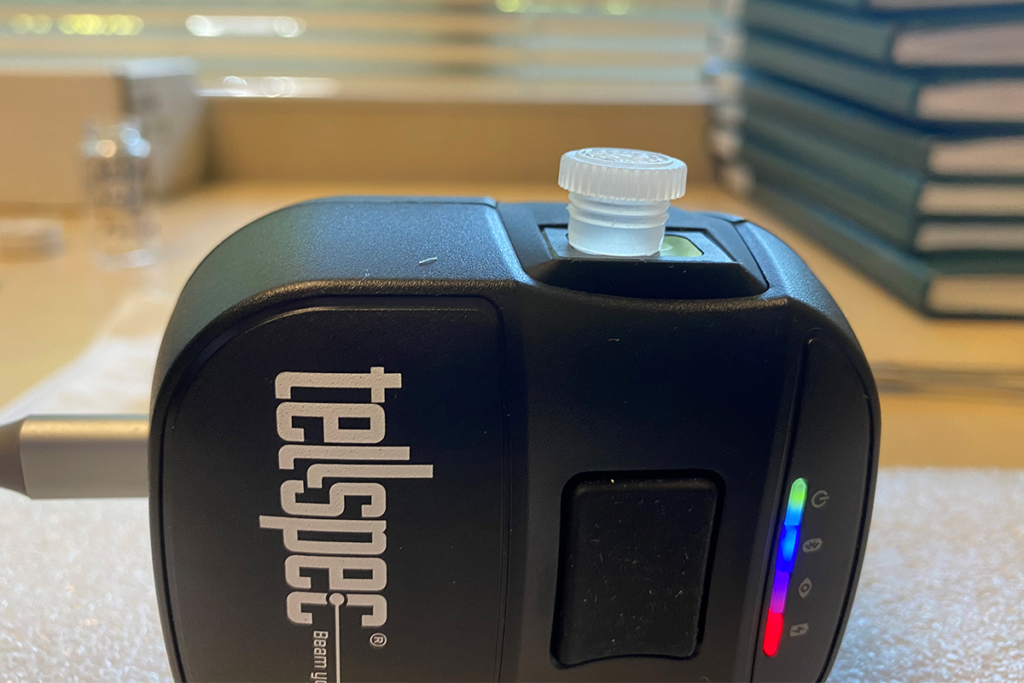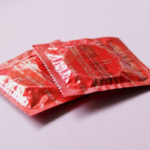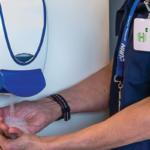Poor quality medications are an ongoing problem in the world, and testing medicines to ensure safety and quality can be expensive. Traditional techniques used to assess pharmaceuticals often require a laboratory infrastructure with sophisticated equipment and various types of chemical reagents. The availability of low-cost and rapid screening methods outside a laboratory would have a significant impact on ensuring the safety and quality of essential medications for those in need. The group where I work at FHI 360, called Product Quality and Compliance, provides testing services for finished pharmaceutical products procured through various global public health initiatives. Because these procurements benefit consumers and patients in limited-resource settings, my colleagues and I are constantly searching for more cost-effective methods to do our work, keeping in mind that cost effective means not just lower cost, but also just as effective.
Spectrometers provide a wealth of data but at a high price
Several years ago, my group began using spectrometers to screen for quality compliance of medications. These machines reflect certain types of light off a sample and relay information back to a specialized detector. This interaction of a medicine sample with light gives us a wealth of physical and chemical information about the product. We use a benchtop spectrometer that costs around $70,000 and has been used for several years to rapidly screen pharmaceuticals. This technology is great for working in the laboratory, but obviously not something we can send out into the field, or something we could easily afford to purchase for multiple locations.
Fortunately, as we developed our spectroscopy screening method, miniaturization technology was also advancing. In the past few years, ultraportable (handheld) and more affordable spectrometers (less than $2,000) have entered the market. We speculated whether we could use these as a medicine screening tool, like our more expensive benchtop spectrometer. The great thing about these handheld spectrometers is that you do not need a lot of resources to operate them. You turn it on, press scan, and the device syncs to a mobile device that will collect and export the data via email. If you are in a remote area and don’t have internet access, the data can be exported from the app later. But we knew that these devices collect less data than the laboratory machines, and their use for pharmaceutical screening hadn’t been rigorously tested yet.
We tested the handheld device using three brands of contraceptives
Our next steps
Photo credit: Matthew Eady/FHI 360



